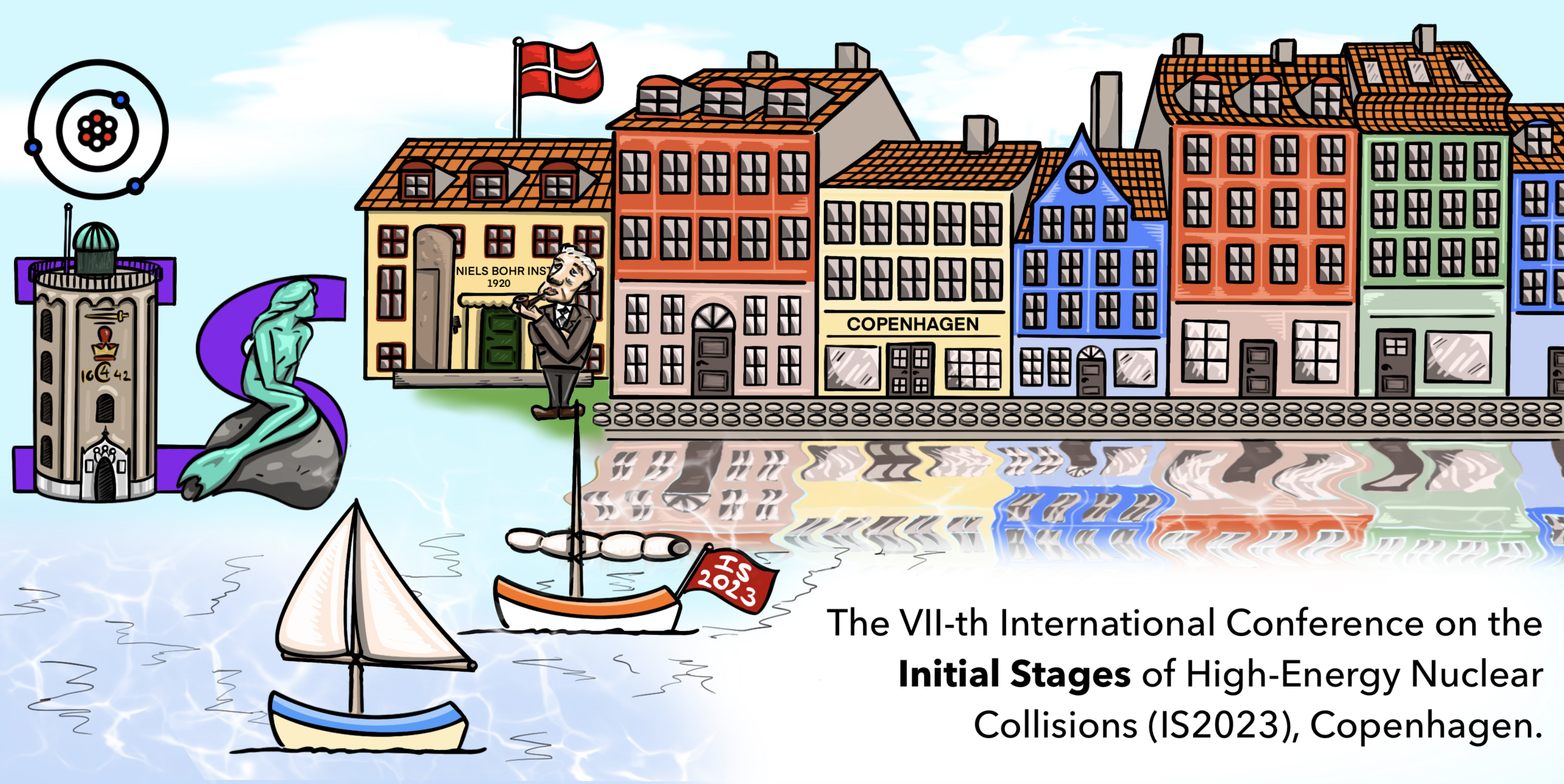Speaker
Description
The ALICE experiment at the Large Hadron Collider (LHC) is designed to investigate the properties of the quark-gluon plasma created in high-energy heavy-ion collisions.
The precise tracking capabilities at low transverse momentum coupled with extensive particle identification over a wide momentum range give the unique opportunity to measure the evolution of the spectral shapes with mass and multiplicity across collision system sizes and energies. Moreover, during the successful data-taking campaigns of LHC Run 1 and Run 2 (2009 - 2018), ALICE recorded data from small to large collision systems at different centre-of-mass energies.
As particle production at the LHC is driven by a complex interplay of soft and hard QCD processes, finding a consistent model description for all collision systems is still challenging. The study of charged-particle production as a function of multiplicity plays a key role in understanding the properties of the matter created in small (pp, p-Pb) and large (A-A) collision systems.
In this contribution, a comprehensive overview of charged-particle production in pp, p-Pb and A-A collisions will be presented. The results will then be tested against the theoretical models implemented in state-of-the-art Monte Carlo event generators. The results and perspectives for Run 3 and beyond will also be discussed.
| What kind of work does this abstract pertain to? | Experimental |
|---|---|
| Which experiment is this abstract related to? | ALICE |
